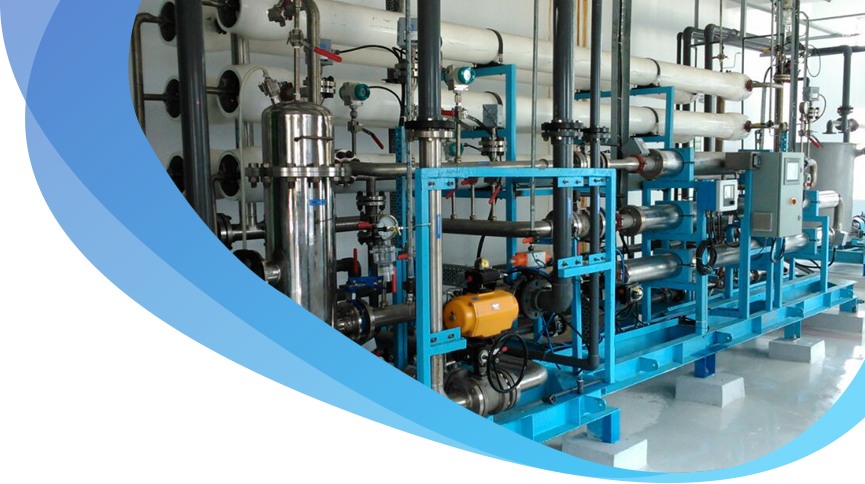

Biological wastewater treatment systems are very efficient and cost-effective mechanisms that use bacteria, speciality microbes, and protozoa to clean waste water. Companies and industries related to chemical, oil, gas, food, beverages, etc. receive great benefits with this treatment.
We provide the facility of aerobic and anaerobic technologies like; Moving Bed Bio-Reactor (MBBR), Membrane Bioreactor (MBR), Activated Sludge Process (ASP) and Upflow activated sludge blanket reactor (UASBr) to treat industrial and commercial waste water.
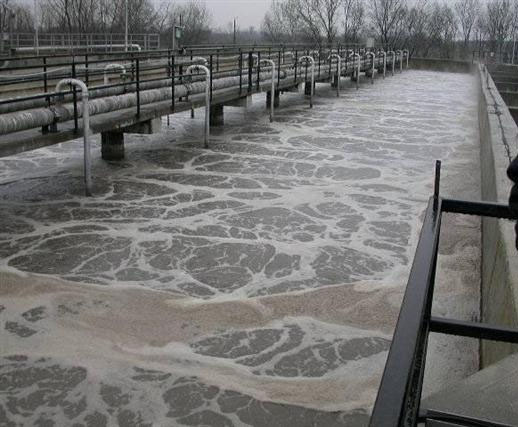
MBBR is a wastewater treatment technology that was developed in the 1980s for treating Industrial wastewater, municipal wastewater or water for reuse. It is an enhanced process for complete solid removal. The setting consists of aeration tanks filled with biofilm careers (that are held by media retention sieves) and a floating biological reactor.
As the effluent enters the treatment system, the sieves in the aeration tank screen the effluent which leads to the process of denitrification, where nitrogen is released. The influent goes to the second reactor. This reactor holds high levels of carbon on the biofilm and is used for BOD/COD reduction. As it reaches the third reactor, the levels of BOD reach very low volume and ammonia levels are high. The process of Nitrification takes place, that oxidizes ammonia into nitrates and nitrites.
Water treatment plants based on MBR technology is a forward step towards finding an optimum solution for our every client. MBR is a combo of activated sludge and filtration process, with a number of different membrane settlements (Submersed in The Biological reactor, separate filtration process). The reactor operates at very high MLVSS and produce fine treated water quality. MBR technology provides various advantages like low area footprint and consistent treated water quality on higher shock loads.
Activated Sludge process is used for getting high-quality effluent at low installation cost. The technique is employed for municipal applications and other industries. It works by oxidizing organic solids and converting colloidal solids into settleable solids, thus promoting coagulation and flocculation.Waste water enters into the aeration tank, that contains aerobic bacteria that help to form suspended flocs. The sludge is settled as it is collected in a settling tank. Suspended flocs are removed by the process of sedimentation.
Clarifiers are used to separate suspended solid particles and clear liquids inside a sedimentation tank. Sludge is settled at the bottom of the tank leaving clarified water. This treatment is used for industrial effluents and municipal wastewater.
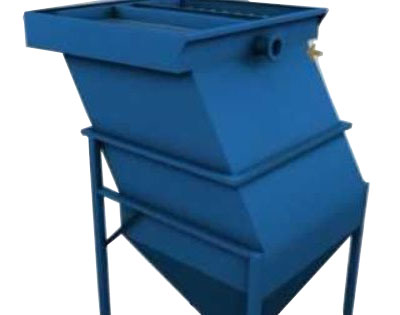
Lamella clarifier consists of plates assembled in a pack that can be installed into the tank to remove particulates from water. The effluent enters through the inlet pipe, goes through the inlet chamber, entering the plates through side openings. The solid settles on the inclined parallel plates and clarified liquid flows upwards, where it is collected.
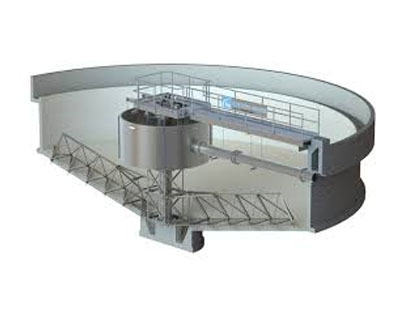
High Rate Solid Contact clarifier is highly efficient as it provides mixing, flocculation, clarification, sedimentation in a single tank. In the primary reaction zone, raw water is mixed with treatment chemicals. Re-circulated sludge is further combined with chemicals in the next step leading to the development of flocs and precipitates.
Commercial and industrial processes require to increase the effectiveness of treated water for reuse. Filtration systems are used to remove impurities and particles from suspension in water. After the process of sedimentation, some colloidal matter and bacterial load remain. Impure water is allowed to pass through the filtering medium which retains the impurities. We use the following best filtration technologies to ensure that your water purification goals are adequately met:-

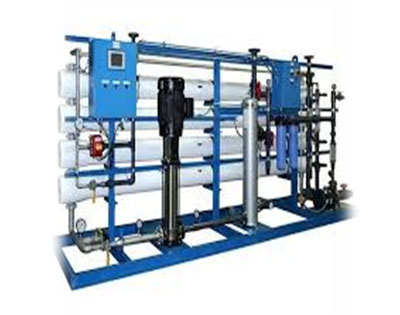
Reverse osmosis is a widely recognized method of water purification. It is a process of deionization water with a cellulose acetate membrane by pushing it under pressure. The membrane allows only water molecules to pass through, leaving behind organics, bacteria, pyrogens, and other contaminants. As the solution passes through the filter, it is further divided into filtered water and contaminated water, both of which are outlet in different ways. Our Reverse Osmosis systems designed for maximum recovery of purified water from waste water stream for recycling of water in process and utilities, ensuring Zero Liquid Discharge from facility to reduce the fresh water depletion.
We also provide solutions to achieve Zero Liquid Discharge (ZLD) completely with salt and chemical recovery process.
Sludge is the by-product produced during the treatment of wastewater. It needs to be managed and disposed of properly to meet the guidelines with the help of sludge handling equipment. We deal in the following sludge handling equipment.
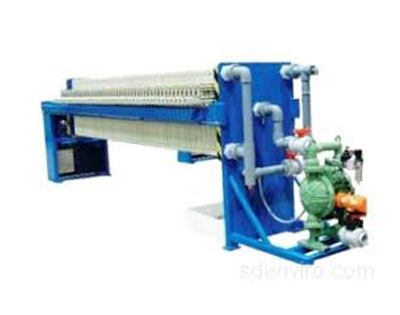
Filter Press is an equipment used to separate sludge into solid and liquid form under pressure filtration. Filter cloth mounts on the rectangular shaped frame, number of such rectangular frames are assembled to prepare filter press, thin sludge fed to these frames and then pressured with the help of hydraulic pressure equipment, Filtrate is collected and recycled back to the preliminary treatment facility and thickened sludge is sent to further treatment or final disposal as per the guidelines.

The dewatering screw press is a mechanism that separates liquids from solids by squeezing the sludge material against a filter. It is an automated control system for treating sludge that comes with low and easy maintenance requirements.